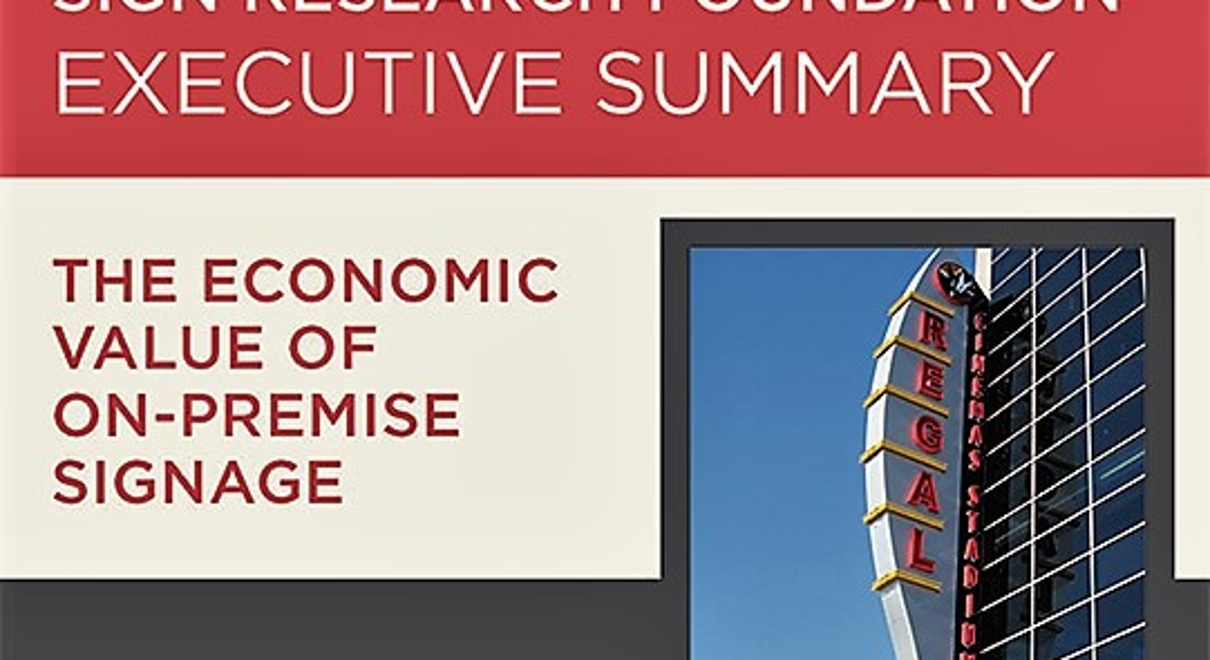A study, led by the University of Cincinnati, asked businesses to provide feedback regarding the economic impact to their business that on-site signage made for them. It’s an important study, because regulation can require on-site signage to adhere to restrictions that could negatively impact business performance. However, not enough research has been done to this point.
When asked questions regarding impact to profit, businesses responded that how visible their business is to customers is critically important and plays a key role in their overall marketing strategy. Their branding is only as good as it is visible. As expected, the study showed that even in our digital world, on-site signage still plays a key role in retail competitiveness. Even more, the study showed that on-site signage for businesses impacts the overall activity of a community by informing of available products and services. The research study showed us that signs make it easier for shoppers to obtain the information they need to make a purchase.
Sign changes also led to small positive impacts on employment. Nearly a quarter of respondents reported hiring more people.
While most single establishments and small firms have either wall signs or pole signs, most large companies have both. In general, larger companies tend to have more types of signs.
Helping customers find their location was the most important purpose for respondents. Legibility is the most important characteristic of signs across all sizes of companies.
Business logos and the size and location of the signs were more important for companies with more establishments, for whom branding is presumably more important, compared with single establishment companies.
Among the case studies, positive business performance was generally associated with greater use of on-premise signage and better quality signs, as the following results indicate.
The national lodging chain case study found that the use of a digital electronic sign to display pricing was associated with increased average occupancy rates. The impact appeared to be especially strong for properties with lower occupancy rates.
The national retail banking business case study found that pylon signs were strongly associated with high visibility, monument signs were moderately associated with high visibility, and wall signs contributed to identity but not visibility. In addition, pylon signs were associated with significantly more teller transactions.
The specialty store small business case study demonstrated the need for signage to reaffirm the value offered by a niche retailer. Sign design must be sensitive to community and customer expectations, and able to reinforce the brand of a small business. The signage should communicate a “promise” of value for a product and/or service that is not commonly found elsewhere.
The car dealership small business case study found that the addition of a video sign board was associated with increases in both service department revenue and customer traffic. An added benefit was the “goodwill” and reputational gain associated with using the video board for community related public service messages.
The success of businesses in a community is vital to its economic growth, tax base, and resources that provide services to that community. Research shows how positively onsite signs can impact the success of a business. With this in mind, regulations created should be careful to balance the needs of community appearance with the understanding of how those regulations could impact signage, and in turn, the overall business community.
To read the full study: https://signresearch.org/economic-value-of-on-premise-signage/

